Red Hat Forum Finland 2018 was held 11.9.2018 at Finlandia-talo and it’s mainline was “Ideas worth exploring. Come with questions. Leave with ideas.” The event was divided to keynote and to four breakout sessions. The four breakout sessions were: 1. Automation – Ansible 2. Journey to Cloud-Native Applications with OpenShift 3. Business & Solution track 4. Half day Executive discussions and round tables. I chose to get hands-on with OpenShift but also Ansible would’ve been interesting. Here’s my notes from the event.
Red Hat Forum Finland 2018: Ideas worth exploring
Red Hat Forum 2018 Helsinki started with keynote session by Michel Isnard from Red Hat and in “Digital transformation & the open organization” he talked about open source and how Red Hat embraces it. “Open source is collaborative curiosity, a culture with a desire to connect and the technologies to do it. Yet what draws our attention isn’t the technology alone; it’s what we can do with it. It gives us the platform for imagination, a focal point to collectively push for new possibilities.”
Be courageous, be open and innovate in the open.
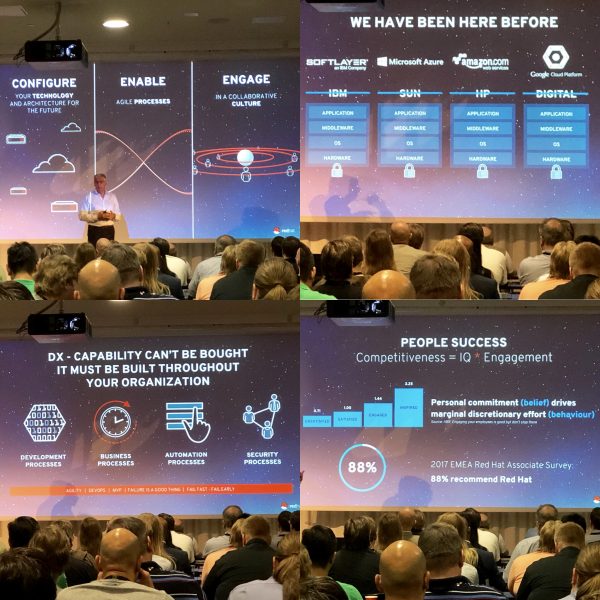
Next there was customer reference by Markku Reinikainen from SOS International. He told us about their open innovation platform and how they have modernized their applications and moved to the mobile world.
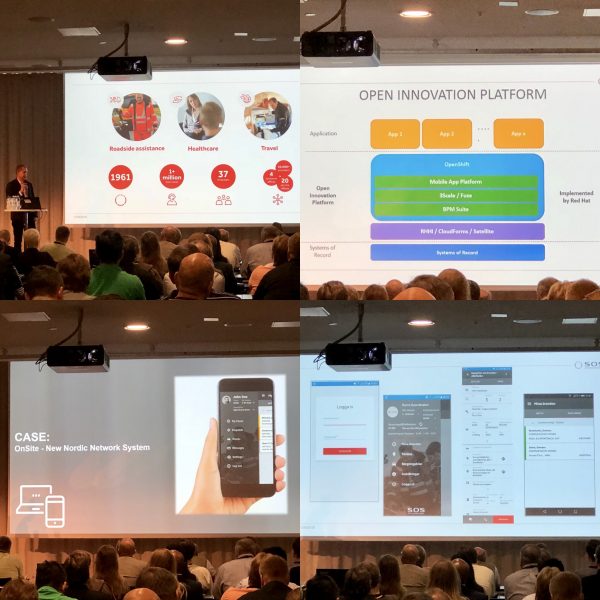
Journey to Cloud-Native Applications with OpenShift
The main content of the Red Hat Forum event were the breakout sessions. I chose the full day hands-on workshop which showed how to modernize an existing legacy monolithic application by applying microservice architecture principles, using modern lightweight runtimes like WildFly Swarm (Thorntail.io) and Spring Boot, and deploying to container-based infrastructure using OpenShift Container Platform. The material and slides are available on GitHub.
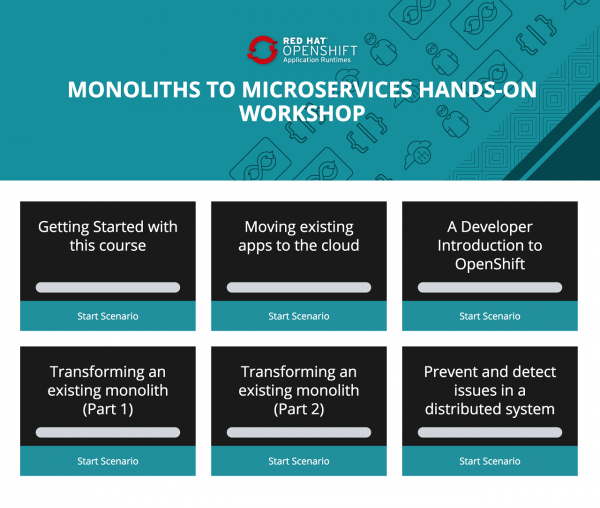
The lab was split into four scenarios, going through the process of understanding how a developer can most effectively use Red Hat technologies in deploying a monolith to OpenShift, wrapping it with a CI/CD pipeline, developing microservices to start replacing functionality in the monolith, and integrating it all together to form the beginnings of a complete modernization of an existing app. The last scenario was about using Istio to prevent and detect issues in a distributed system.
The session started with Red Hat Application Migration Toolkit (RHAMT) and migrating (lift & shift) Java EE monolith app on WebLogic to run on JBoss EAP and OpenShift in the cloud. Crafty tool which fixed poor and non-standard choices done in legacy app.
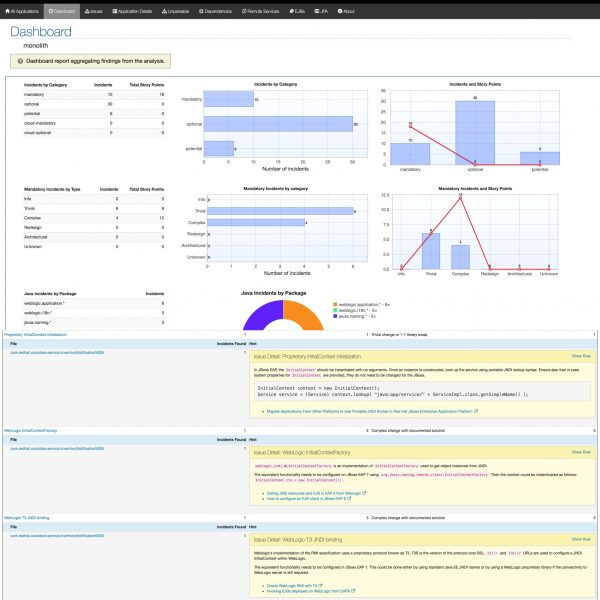
The breakout session had also a talk from Red Hat partner. “Shift to a Cloud-First Core” talk by Capgemini told how they are approaching OpenShift projects. Different options, some are easier depending of legacy technologies. Retain, retire, migrate: lift & shift, new layers, new apps.
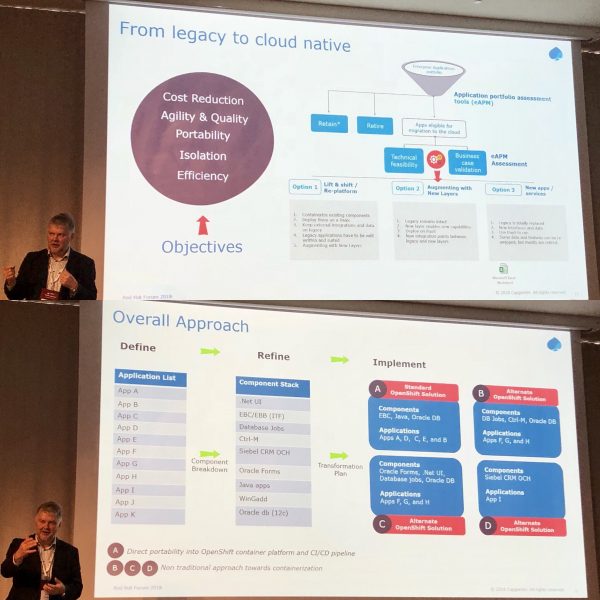
OpenShift hands-on session continued with developer introduction which was about live synchronization and changes, deploying to different environments, Jenkins Pipeline, Continuous Delivery and approval steps.
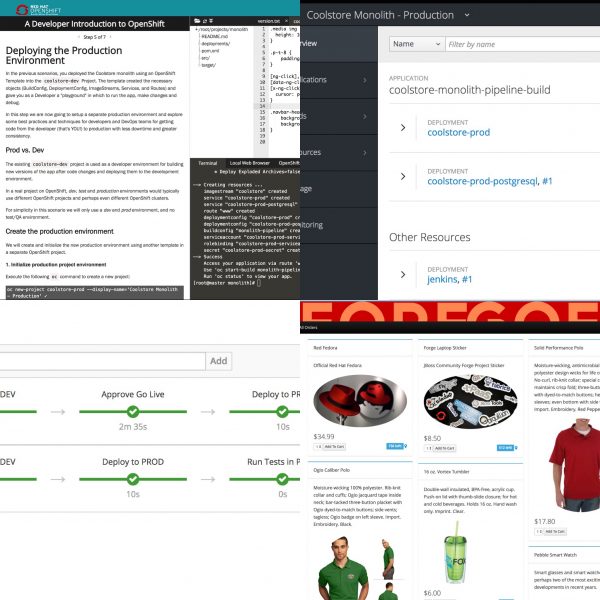
Third and fourth scenarios were about strangling the monolith with transforming it to microservices architecture with and without Spring Boot. Splitting up monolith to domain specific applications and connecting them. Lots of things that goes over the hill and seems magic if you’re not familiar with them. You just click click click, done, profit. Some technologies used were Spring Boot and Spring Cloud, Snowdrop, Feign and Hystrix.
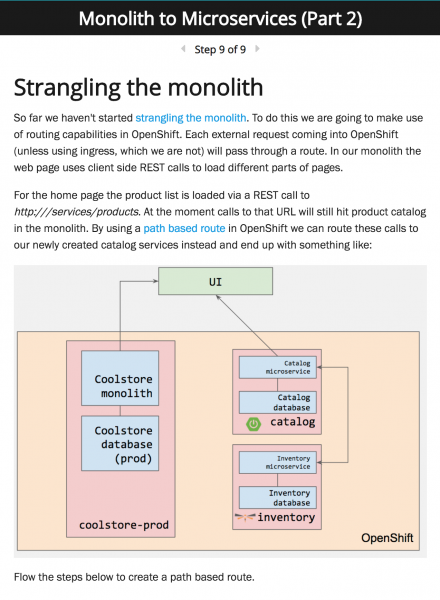
The last and most interesting part of the hands-on session was Istio and resilient apps and due time schedule Red Hat guy clicked and talked it through. It gave good overview to visualization, monitoring, metrics, fault injection, traffic shifting, circuit breaking, rate limiting and tracing. Time was limited so much things left to be read.
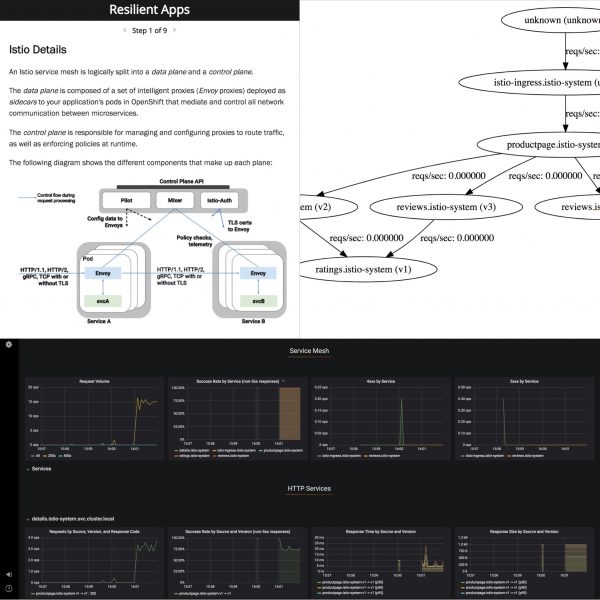
All the OpenShift scenarios used Katacoda which made the hands-on experience with just a few clicks. Crafty tool for this kind of sessions and although you just clicked through with relative fast pace. For example “Developer Introduction to OpenShift” estimated time 45-60 minutes and the lab had 23 minutes. The limited time made the hands-on experience somewhat superficial but you got the point what the possibilities are and how OpenShift works.
And last Red Hat talked about OpenShift and their services regarding application modernization. Modernization of legacy applications is in high demand and there are different paths to achieve that.
One point regarding monoliths vs. microservices was that as Martin Fowler wrotes in Monolith First.: “you shouldn’t start a new project with microservices, even if you’re sure your application will be big enough to make it worthwhile.”
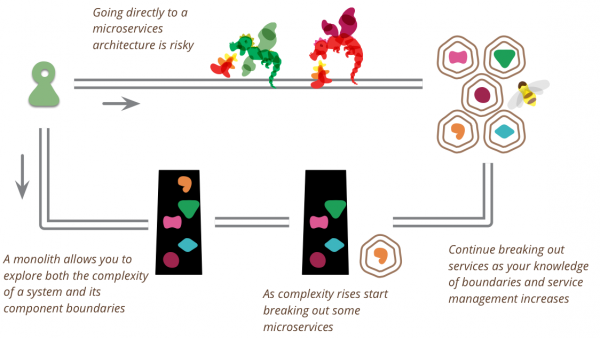
Red Hat OpenShift Application Runtimes product architecture showed the blocks in the OpenShift context.

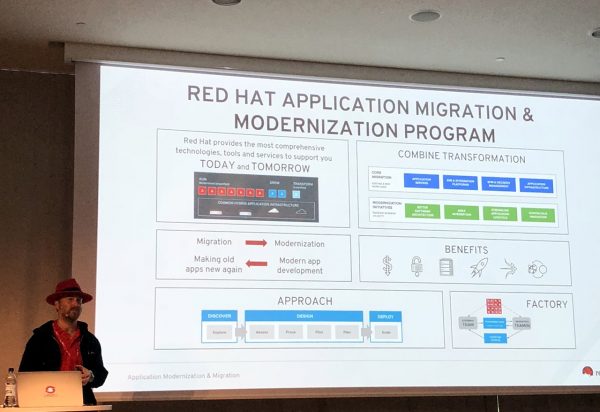
Summary
Red Hat Forum Finland 2018 was nice event and the content was interesting. The hands-on session was fast paced but you got the point and ideas worth exploring. Will look into Istio. The WiFi network had some problems but got better when more access points were added. After the official program there was some networking and drinks. Some food other than hemp snacks and vegetable chips would’ve been nice but Woolshed provided in that regard. Thanks for Red Hat for organizing the event and good talks.
To continue with OpenShift topics you can check learn.openshift.com which has similar material as in hands-on and use Katacoda but different topics. The hands-on material can be read from GitHub and for listening there’s DevNation Podcasts.
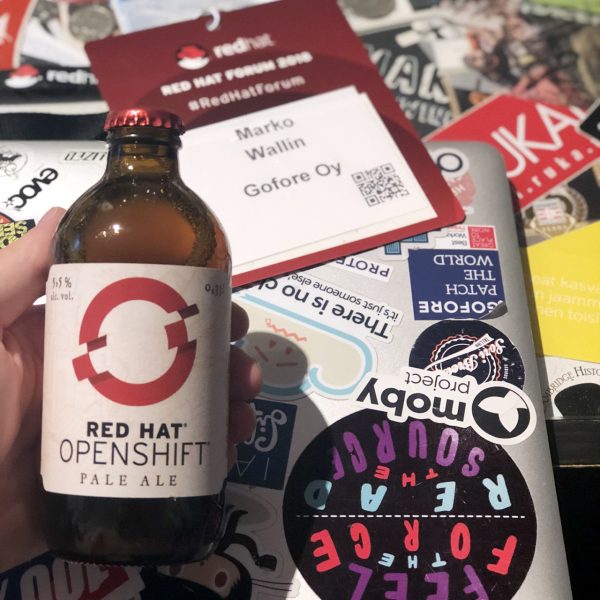
Leave a Reply